Introduction to Climacteric and Non-Climacteric Commodities
In horticulture, understanding climacteric and non-climacteric commodities is essential for growers, distributors, and consumers alike. These two categories of fruits and vegetables exhibit markedly different ripening processes and responses to environmental conditions, fundamentally influencing how they are handled, stored, and enjoyed.
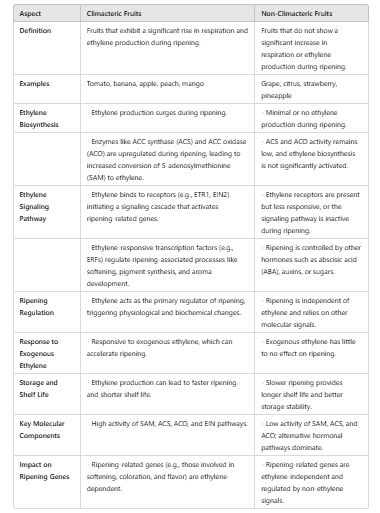
Climacteric commodities are defined by their unique ability to ripen after being harvested. This process is often characterized by a significant peak in respiration and ethylene production, a natural plant hormone that regulates growth and development. Fruits such as bananas, tomatoes, and peaches fall into this category. Their ripening process is a crucial aspect of their marketability, as it directly impacts their flavor, texture, and overall quality. The climacteric phase allows for these commodities to reach their optimal state, but it also necessitates careful management during storage to prevent overripening and spoilage.
Conversely, non-climacteric commodities do not ripen once harvested. For these fruits and vegetables, such as strawberries, grapes, and carrots, the ripening process is entirely dependent on their maturity at harvest. Non-climacteric commodities retain their quality without the continued metabolism associated with climacteric fruits. This trait underscores their storage and handling requirements, as they can often be harvested and consumed immediately, without the need for further ripening management.
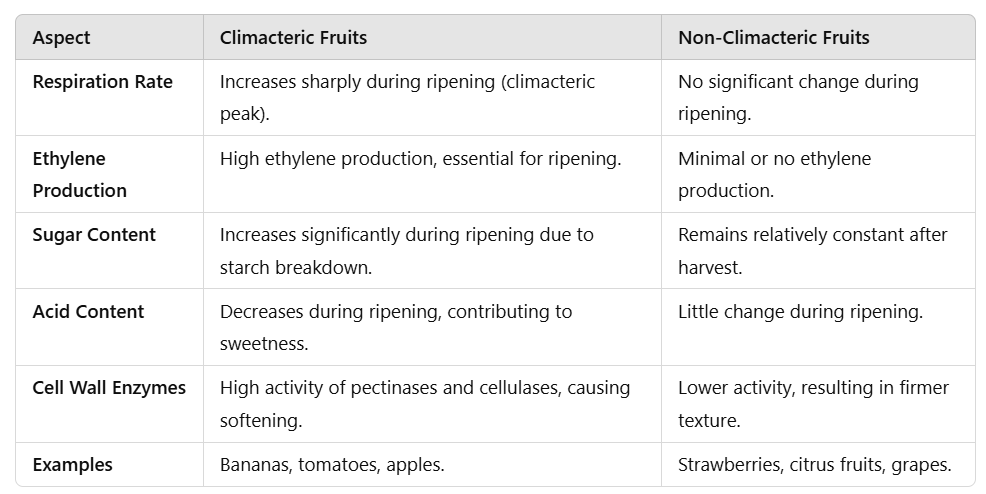
Understanding the distinctions between climacteric and non-climacteric commodities enables better decision-making regarding harvesting timelines, storage conditions, and transport methods. This knowledge is particularly valuable for enhancing shelf life, reducing food waste, and optimizing the flavors and nutrients available in both groups of produce.
Characteristics of Climacteric Commodities
Climacteric commodities are unique in the horticultural landscape as they exhibit the ability to continue ripening post-harvest. This characteristic is primarily driven by the production of ethylene gas, a natural plant hormone that plays a pivotal role in the ripening process. Notable examples of climacteric fruits include bananas, tomatoes, and avocados. Each of these fruits displays distinct physiological changes that occur during the transition from maturity to ripeness, significantly influencing their texture, flavor, and overall quality.
In climacteric commodities, the production of ethylene triggers several biochemical processes that lead to softening of the fruit, development of color, and enhancement of aroma and taste. For instance, bananas, once harvested, undergo a series of transformations; the starches present are converted into sugars, resulting in a sweeter flavor profile. Similarly, tomatoes will experience a change in coloration as they reach their mature stage, transitioning from green to red, while also becoming juicier and more flavorful. Avocados begin to soften and develop their creamy texture as ethylene production increases, making them desirable for consumption.
The implications for growers and sellers are significant. Understanding the ripening behavior of climacteric crops allows for better harvesting decisions. Timing the harvest ensures that fruits are picked at optimal maturity, which maximizes their potential quality and extends their shelf life. Additionally, utilizing specific harvesting methods can minimize damage to the produce, thereby maintaining both aesthetic and nutritional qualities. For instance, gently handling tomatoes can prevent bruising, which is crucial for marketability.
In summary, understanding of climacteric commodities and their unique ripening traits is essential for horticulturists aiming to optimize both quality and consumer satisfaction. Proper management practices, including harvest timing and ethylene regulation, are vital in ensuring these fruits achieve their full potential while in storage and at market. By harnessing the climacteric nature of these crops, producers can enhance their viability and sustainability within the industry.
Characteristics of Non-Climacteric Commodities
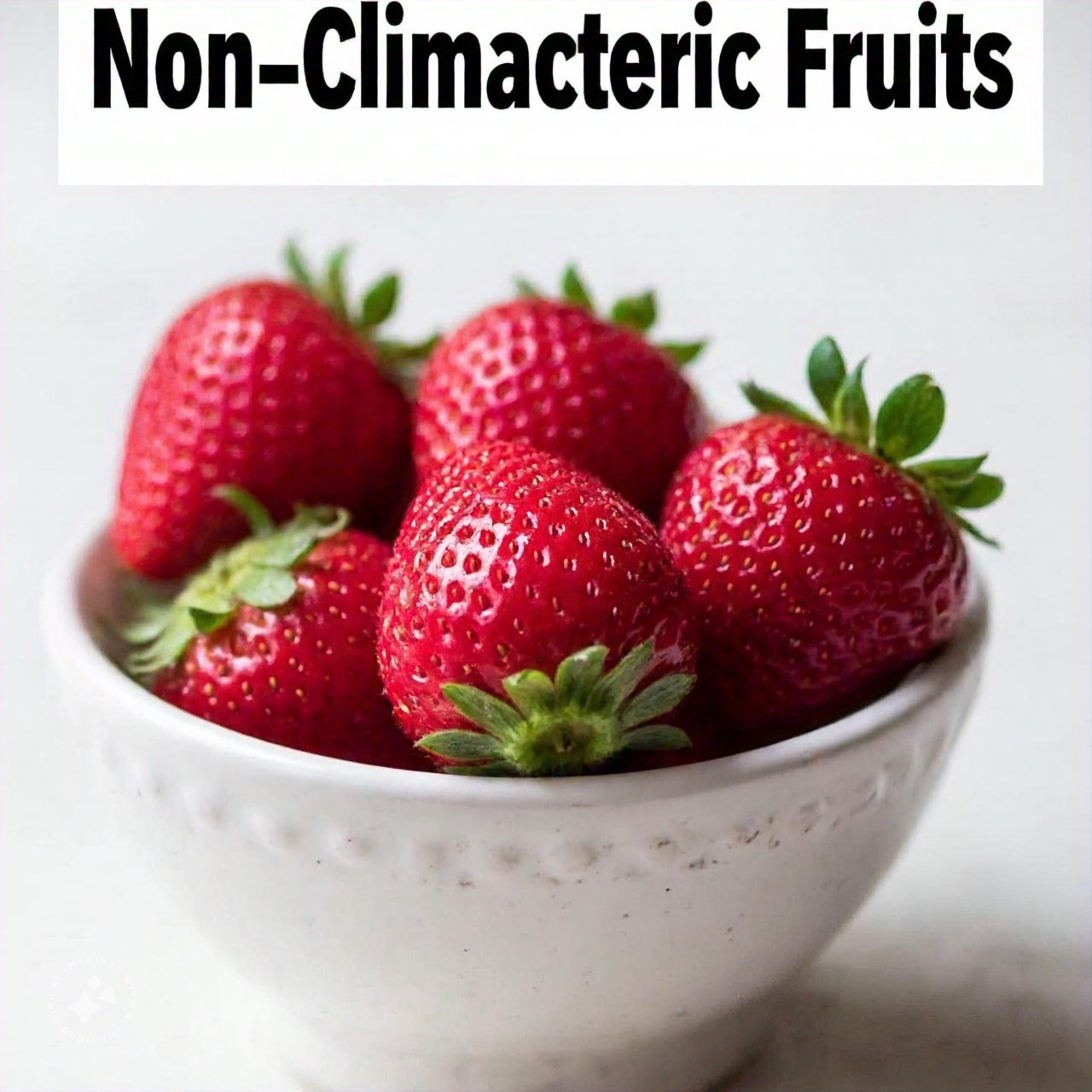
Non-climacteric commodities are a unique category of fruits and vegetables that do not undergo significant changes in their ripening process after being harvested. Unlike climacteric fruits, which can continue to ripen post-harvest due to increased ethylene production, non-climacteric varieties remain largely unchanged once they are picked. Examples of non-climacteric commodities include strawberries, cherries, and citrus fruits. Understanding the characteristics of these commodities is essential for effective horticultural management and optimal consumer satisfaction.
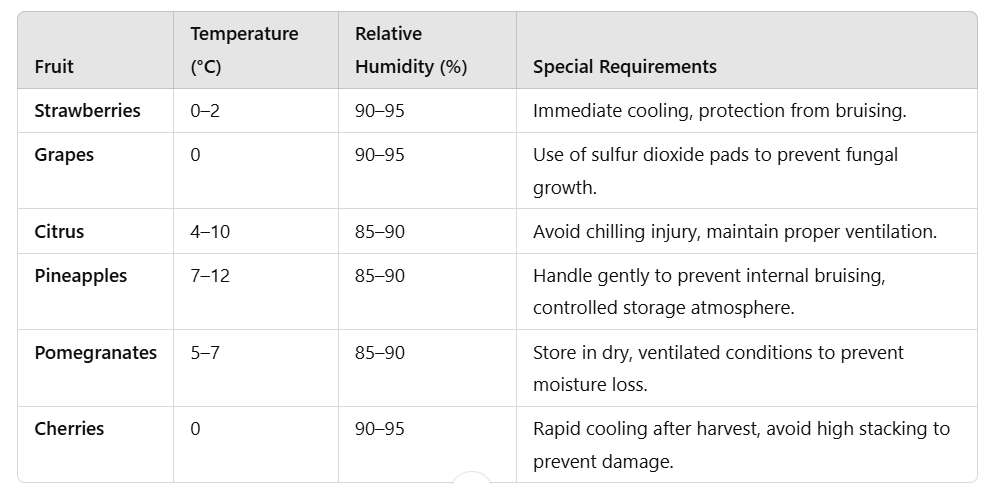
One of the defining traits of non-climacteric commodities is their reliance on pre-harvest conditions. Factors such as soil quality, climate, and cultivation practices significantly influence their development and quality at harvest. For instance, strawberries require consistent moisture and temperature levels to ensure their sweetness and firmness, while citrus fruits thrive in specific soil types that enhance their flavor and overall quality.
Post-harvest treatments are crucial for preserving the quality of non-climacteric fruits. These commodities often benefit from careful handling practices, such as minimizing bruising during harvest and storage. Cold chain management is also vital, as non-climacteric fruits are prone to spoilage if exposed to fluctuating temperatures. For example, cherries should be stored at low temperatures to maintain their firmness and reduce the risk of decay. Maintaining optimal storage conditions is essential to prolong their shelf life and preserve flavor.
In contrast to climacteric varieties, which often require ethylene exposure to trigger ripening, non-climacteric commodities demand different management techniques due to their stable nature post-harvest. Consequently, a clear understanding of their specific needs and handling practices becomes imperative for growers and distributors aiming to deliver high-quality produce consistently.
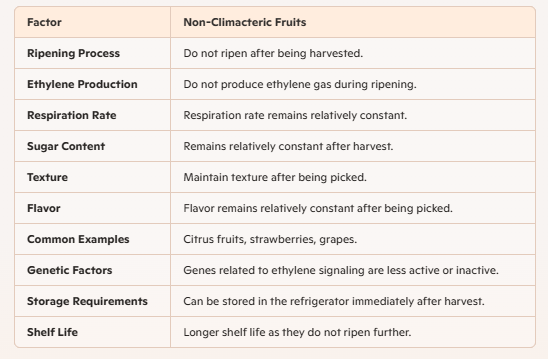
Implications for Horticulture Practices
Understanding the distinction between climacteric and non-climacteric commodities is vital for effective horticulture practices. These classifications influence various agricultural strategies including planting, harvesting, storage, and marketing. Climacteric fruits, such as bananas and tomatoes, continue to ripen even after being harvested due to their respiratory bursts. This characteristic necessitates specific harvesting techniques, where timing is crucial to ensure optimal flavor and texture. In contrast, non-climacteric commodities like strawberries and grapes must be harvested at their peak maturity, as they do not improve in quality post-harvest.
Storage practices are also significantly impacted by these classifications. Climacteric fruits require particular conditions to manage their ripening process effectively, often involving controlled atmospheres to slow down ethylene production. Non-climacteric products, on the other hand, may have different storage requirements, thus influencing their shelf life. Selecting appropriate storage methods can reduce waste and improve food quality throughout the supply chain. This requires education for growers about the specific needs of each commodity type.
Furthermore, marketing strategies must align with these horticultural insights. Educating distributors and consumers about climacteric and non-climacteric categories can lead to better sales practices and consumer satisfaction. Informed consumers are likely to choose fruits and vegetables that fit their consumption needs, ensuring that they select products at their correct ripening stage. This understanding can enhance the overall efficiency of the supply chain, leading to reduced waste and improving the quality of food available in markets.
Ultimately, the implications of recognizing these differences extend far beyond the field, influencing all facets of horticulture. A more comprehensive knowledge of climacteric and non-climacteric commodities will enable stakeholders to make informed decisions, promoting sustainable agricultural practices.


Understanding Ethylene: The Plant Growth Hormone
[…] representations of ethylene‘s structural formula help to visualize its molecular composition. The effectiveness of […]
An Introduction To Biotechnology: Key Concepts And Tools
[…] (https://plantmol.com/understanding-climacteric-and-non-climacteric-commodities-in-horticulture/ ) […]